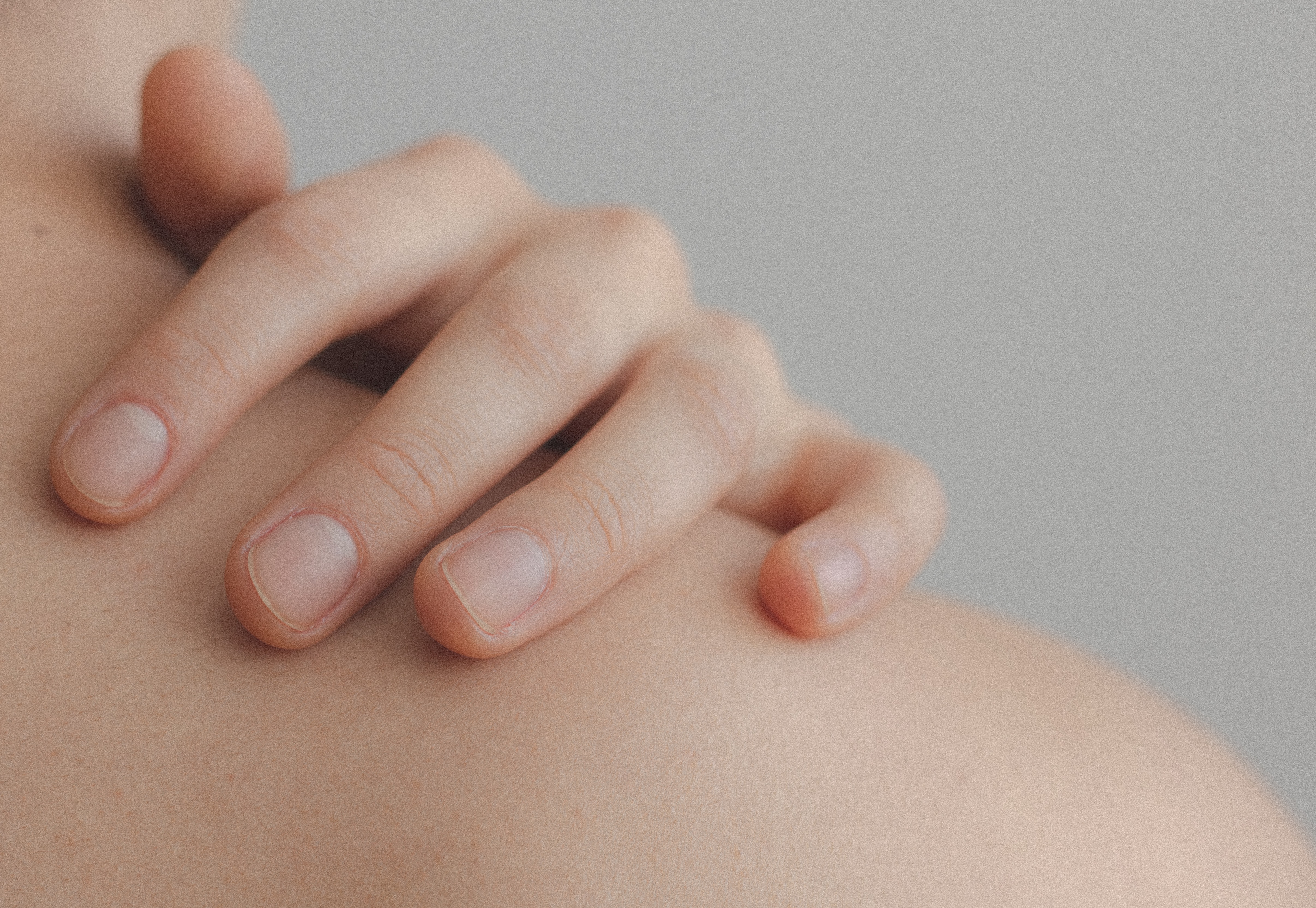
Take this skin quiz to find the best ingredients for your skin and build your skin care routine.
Take The Skin Quiz
Sea salt is, as the name suggests, salt obtained from sea water. Unlike table salt, it is produced by evaporating seawater, and therefore may contain trace minerals like iron, potassium and zinc. It has a unique taste, and it is widely used for seasoning, preserving, and in cooking. However, in addition to its culinary uses, it can also be used for your skin. Today, many skincare products include sea salt as an ingredient for exfoliating and more.
Sea salt can be used as a potent exfoliant, removing dirt, grime and oils, and cleaning the pores on your skin. It can also be used to balance oil production, and reduce oiliness. (Don’t confuse Dead Sea Salt or Epsom Salt with sea salt. Each has unique properties.) To use, mix a teaspoonful in warm water, and mist onto your face. It’s that easy! Or, to find out if this would make an appropriate ingredient in your daily skincare regimen, click here to take the Skin Quiz.
Sea salt, while great for exfoliating, may be harsh on your skin. It may cause mini tears to form on the skin surface, through which bacteria can enter your skin and cause problems such as acne breakouts. Therefore, it may be a good idea to use a gentler exfoliator.
Age spots on your skin is known as hyperpigmentation, dark spots, or liver spots. There are several reasons you might experience hyperpigmentation, but those we are referring to here are those that are caused by acne scarring or sun exposure. Age spots are most common on the face, the shoulders, and the back. There are some age spots that might appear as a side effect of certain medications. Age spots are typically harmless, but we always recommend conferring with your dermatologist if you’re experiencing a larger-than-usual area of age spots, or if they are changing in color, thickness, or appearance in any way.
To prevent age spots, it’s best to moisturize daily and wear sunscreen. Additionally, antioxidants protect the skin from free radicals that damage cells and speed up aging. Ingredients and nutrients like vitamin C, acai oil, jojoba oil, alpha-lipoic acid, green tea extract, retinol/vitamin A, coenzyme Q10, caffeine, alpha-hydroxy acid and salicylic acid are all beneficial for preventing and reducing age spots. Hydrolyzed is also good for restoring the overall vitality of the skin.
Sea salt may be effective for age spots, but there are many other factors that may affect whether this ingredient would work on your skin or if there are better ingredients that may work for you. Take this skin quiz to find the best ingredients for your skin and build your skincare routine.
Next: Does BHA (beta hydroxy acid) work on cystic acne ?